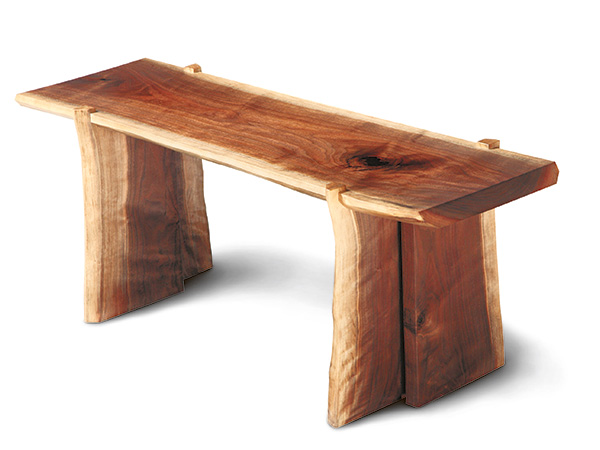
Designed with the goal of minimizing waste, this black walnut foyer bench uses nature’s irregularities to full advantage.

Woodworker's Journal Adirondack Lawn Chair Plan - Reprint
$5.99

Woodworker's Journal 25 Jigs and Fixtures, CD
$19.99

The Way to Woodwork — Mastering the Table Saw, DVD
$29.99

Table Saw Dovetail Jig Downloadable Plan
$7.95

Civil War Officer's Chair Downloadable Plan
$7.95

Easy-Chair Side Tables Downloadable Plan
$7.95

Ultimate Miter Saw Stand - Downloadable Plan
$7.95